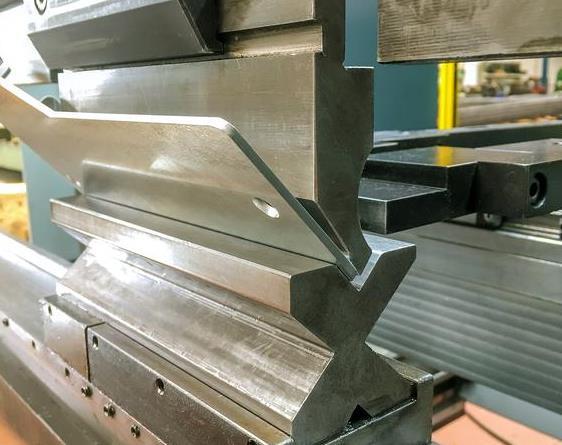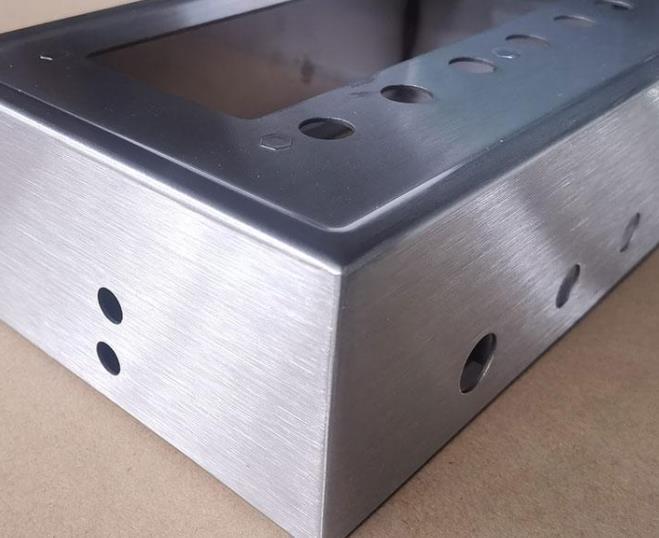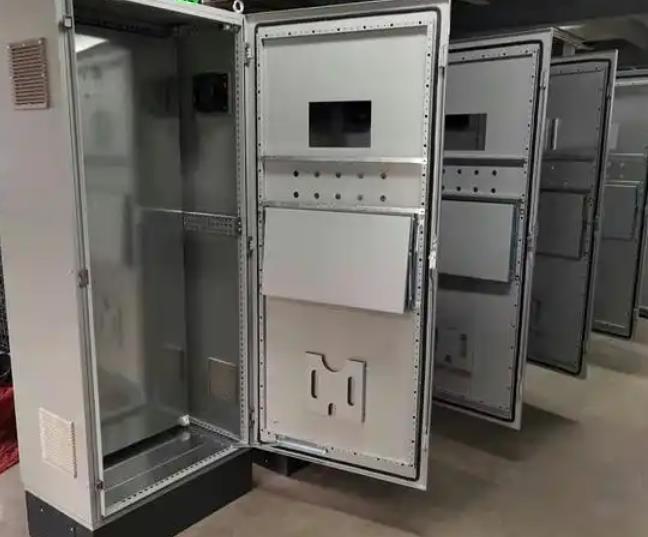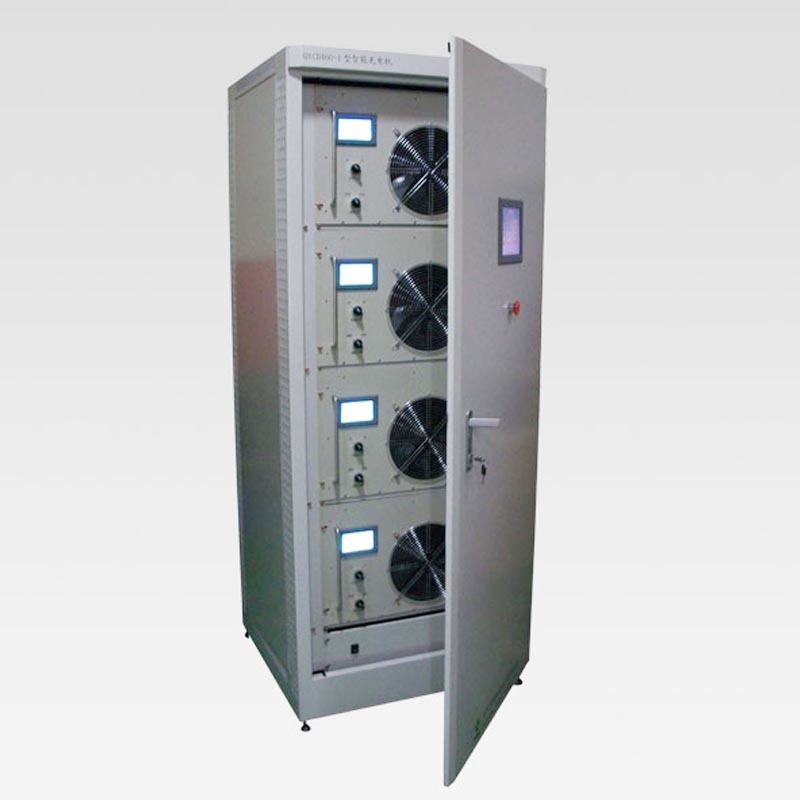What are the main processes of sheet metal processing?
Release time:
2025-01-17
【Summary】Sheet metal processing is a complex process involving multiple steps. The main processes of sheet metal processing are as follows: Design stage: Based on the customer's requirements and drawings, design the size, shape, and structure of the sheet metal parts to be processed. This step is the foundation for subsequent processing, ensuring that the following processing operations can be carried out accurately and efficiently.
Sheet metal processing is a complex process involving multiple steps. The following are the main steps in sheet metal processing:
-
Design PhaseAccording to customer requirements and drawings, design the dimensions, shapes, and structures of the sheet metal parts to be processed. This step is the foundation for subsequent processing, ensuring that later operations can be carried out accurately and efficiently.
-
Material PreparationAccording to design requirements, select suitable sheet metal materials. Common materials for sheet metal processing include cold-rolled steel (SPCC), hot-rolled steel (SHCC), galvanized steel (SECC, SGCC), copper, aluminum sheets, aluminum profiles, stainless steel, etc. These materials have different mechanical properties, corrosion resistance, costs, etc., and need to be selected based on the product's Applications and costs. Then proceed with preliminary processing such as cutting, bending, and punching.
-
BlankingThis is the first step in sheet metal processing, mainly cutting the sheet into the required shapes and sizes. The blanking methods mainly include CNC punching and laser cutting. CNC punching is suitable for thinner sheets, while laser cutting is suitable for thicker and more complex shapes.

-
ProcessingUsing sheet metal processing equipment, perform cutting, bending, stamping, welding, and other operations according to the design drawings.
- CuttingIn addition to cutting during blanking, further cutting may also be performed during processing to meet design requirements.
- BendingThis is the process of bending a 2D flat part into a 3D component. This step requires the use of a bending machine and corresponding bending molds to bend at different angles and shapes according to design requirements.
- StampingThis is a process that uses a punch and die to form various shapes and holes in the sheet. Stamping includes various methods such as punching, embossing, and tearing, which can meet different design requirements.
- WeldingThis is the process of connecting two or more sheet metal parts together. Common welding methods include arc welding and gas welding. Arc welding has advantages such as flexibility, mobility, and wide applicability, but it has high labor intensity and quality is affected by the operator's skill; gas welding is suitable for welding thin-walled structures and small parts.
-
Surface TreatmentSurface treatment of processed sheet metal parts to enhance their appearance quality and corrosion resistance. Common surface treatment methods include spraying, electroplating, and polishing. Spraying can make the product's surface bright and beautiful; electroplating can form a layer of metal coating on the surface of the sheet metal parts, improving their corrosion resistance and aesthetics; polishing can remove burrs and scratches from the surface of the sheet metal parts, making them smoother and flatter.
-
Assembly PhaseAssemble the processed sheet metal parts into a complete product. This step requires precise assembly and debugging according to design requirements to ensure that the product's performance and appearance meet the requirements.
-
Quality InspectionConduct strict quality inspection on the final processed sheet metal products. Quality inspection includes appearance inspection, size measurement, performance testing, and other aspects to ensure that the products meet design requirements and quality standards.
-
StorageProducts that have passed inspection through the above processes can be packaged and stored, preparing for shipment.
In summary, the steps of sheet metal processing are a complex and meticulous process that requires strict control of the quality and efficiency of each step to ensure the quality and performance of the final product.
TAG:
RELATED INFORMATION
2025-01-20
How much do you know about stainless steel sheet metal processing?
2025-01-18
What are the inspection standards for sheet metal processing chassis and cabinets?
2025-01-17
What are the main processes of sheet metal processing?
2025-01-16
What is the process flow of the chassis cabinet?
FAX
ADD
Gengguantun Industrial Development Zone, Qingxian County, Hebei Province, China

WeChat applet




